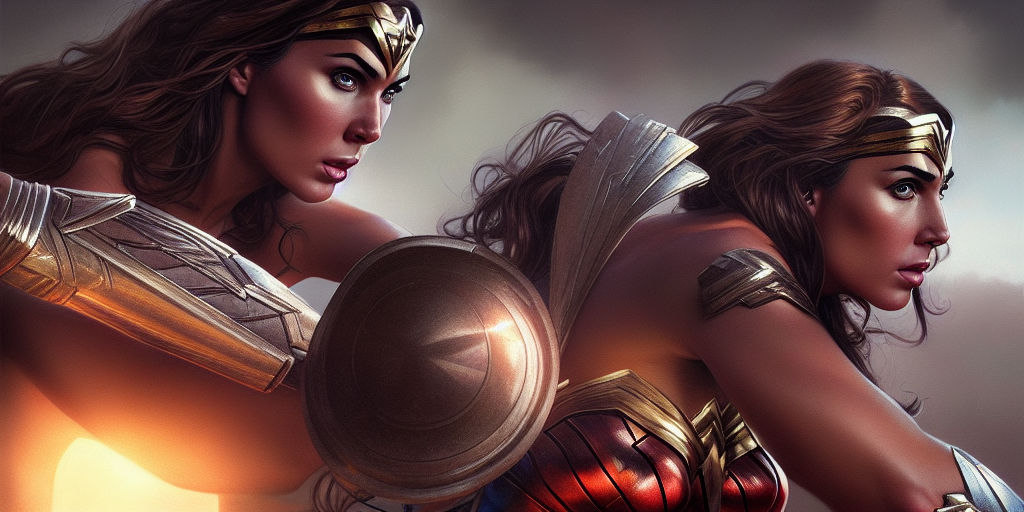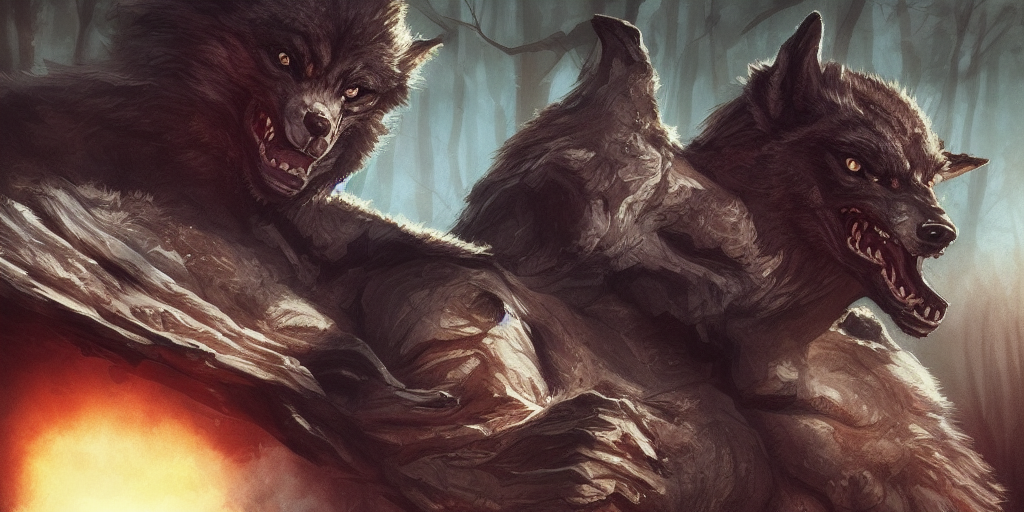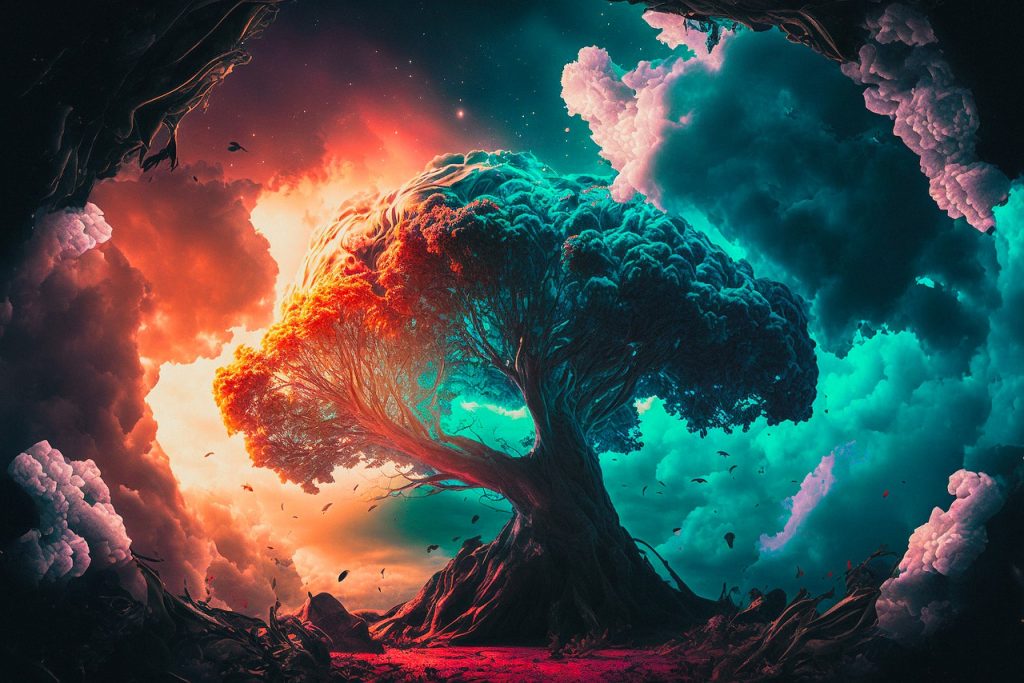Art has always been an expression of human creativity, but in recent years, artificial intelligence (AI) has opened up new possibilities for generating unique and imaginative artwork. Two techniques that are at the forefront of this revolution are Neural Style Transfer and Img2Img Art Generation. In this article, we will explore these techniques and how they work together to create stunning and original art.
Table of Contents
What is Neural Style Transfer?
Neural Style Transfer is a technique that uses deep learning algorithms to apply the style of one image to the content of another image. This process involves training a neural network to analyze the features of two images – a style image and a content image – and then combining them to create a new image that has the content of the content image and the style of the style image.
How does Neural Style Transfer work?
The process of Neural Style Transfer involves several steps:
- Preprocessing the content and style images: The images are first resized and normalized to prepare them for analysis.
- Extracting features from the images: A pre-trained neural network is used to extract features from both the content and style images.
- Calculating the style and content representations: The feature maps extracted from the style image are used to calculate the style representation, while the feature maps extracted from the content image are used to calculate the content representation.
- Generating the output image: The style and content representations are then used to generate a new image that has the content of the content image and the style of the style image.
What is Img2Img Art Generation?


Image to image AI art generation (img2img) uses the same principle as that of text-to-image generation. Users still enter in prompts for the AI. The main difference between these two is that a base image constitutes to img2img generation.
Users upload a base photo where the AI applies changes based on entered prompts. Continuous iteration of this process creates refined and sophisticated art. On the subreddit page of Stable Diffusion, people get creative with img2img generation.
The possibilities for img2img generation are endless. Certain users use messy drawings as their base photos. With creative use of prompts, AI Art Generators create extremely sophisticated artworks from them. Others also use photographs of portraits or landscapes and adds fantasy to them.
How does Img2Img Art Generation work?
There are multiple avenues for creating AI Generated Art. Most of which are easily accessible on a web browser. Dream Studio, Replicate, Hugging Face, and Night Cafe are web based programs able to generate art using AI. Simply head on over to their website, log in with an account, and you’re all set. These websites offer Stable Diffusion as the neural system for generating art.
Stable Diffusion (SD) is a text-to-image model capable of creating stunning art within seconds. It is a breakthrough in speed and quality for AI Art Generators. It can run on consumer GPUs which makes it an excellent choice for the public. Stable Diffusion also has an img2img function. Simply upload a base photo, then enter in your prompt, and see your generated artwork.
Stable Diffusion has the goal of providing billions of people an avenue for creating impossible art using artificial intelligence. As of writing, the AI art community is continuously growing. A more in depth guide about Stable Diffusion is available here on PhotogpediA. It discusses the history, community, and tips regarding Stable Diffusion. Check out this link and learn more about it!
How do Neural Style Transfer and Img2Img Art Generation work together?
While Neural Style Transfer and Img2Img Art Generation are two distinct techniques, they work hand in hand in creating even more impressive artwork. By combining the two techniques, artists can create images that have both the content of a real-world image and the artistic style of a painting or other artwork.
The process of combining Neural Style Transfer and Img2Img Art Generation involves using Neural Style Transfer to apply an artistic style to a real-world image, and then using Img2Img Art Generation to convert the resulting image into a new image domain. For example, an artist could use Neural Style Transfer to apply the style of Van Gogh’s “Starry Night” to a photograph of a city skyline, and then use Img2Img Art Generation to convert the resulting image into a sketch-like drawing.
This technique has immense potential in the field of art and design. It can be used to create unique and original artwork, as well as to generate variations of existing artworks. Additionally, this technique is useful in the film industry to generate special effects and in the gaming industry to create visually stunning environments.
Conclusion
Neural Style Transfer and Img2Img Art Generation are two powerful techniques that are revolutionizing the field of digital art. By combining the strengths of both techniques, artists and designers can create unique and imaginative artwork that would have been impossible to produce otherwise. These techniques have immense potential in a wide range of industries, including film, gaming, and advertising.
However, it is important that you note these techniques are still in their infancy and there is much more research that needs to be done to fully understand their capabilities and limitations. Additionally, it is important to use these techniques ethically and responsibly, and to ensure that the resulting artwork does not infringe on copyright or intellectual property rights.
In conclusion, Neural Style Transfer and Img2Img Art Generation are exciting and innovative techniques that are pushing the boundaries of what is possible with artificial intelligence and digital art. As these techniques continue to evolve, they have the potential to revolutionize not only the field of art and design but also many other industries that rely on visual imagery.
FAQs
1. What is the difference between Neural Style Transfer and Img2Img Art Generation?
Neural Style Transfer applies the style of one image to the content of another image, while Img2Img Art Generation learns the mapping between two different image domains.
2. How are Neural Style Transfer and Img2Img Art Generation used together?
Neural Style Transfer is used to apply an artistic style to a real-world image, and then Img2Img Art Generation is used to convert the resulting image into a new image domain.
3. What are the potential applications of these techniques?
These techniques have potential applications in a wide range of industries, including art, film, gaming, and advertising.
4. Are there any ethical concerns associated with these techniques?
Yes, it is important to use these techniques ethically and responsibly, and to ensure that the resulting artwork does not infringe on copyright or intellectual property rights.
5. How will these techniques continue to evolve in the future?
These techniques are still in their infancy, and there is much more research that needs to be done to fully understand their capabilities and limitations. As technology advances and more data becomes available, these techniques will likely continue to evolve and improve.
Afterword
We hope that you find this article helpful. Thank you for reading and you’re always free to leave a comment. If you find this article interesting, consider checking out one of our recently published posts. A few of them showcase advancements in technology such as AI Art Generators. On the other hand, if you’re looking towards Photography, we also offer great articles for your inspiration. We also have multiple articles that talk about the various printing mediums for wall art. May these articles give you inspiration for your next print!
Find them here:
AI Art Generators : Img2Img
Stable Diffusion Tips and Tricks
Stable Diffusion : AI Art Generator Spotlight
The Printing Mediums of Wall Art
The Top Food Photography Trends to Try Now
We enjoy reading your comments and insights with our posts! Should you have any questions or concerns, feel free to leave them below! -Mark

